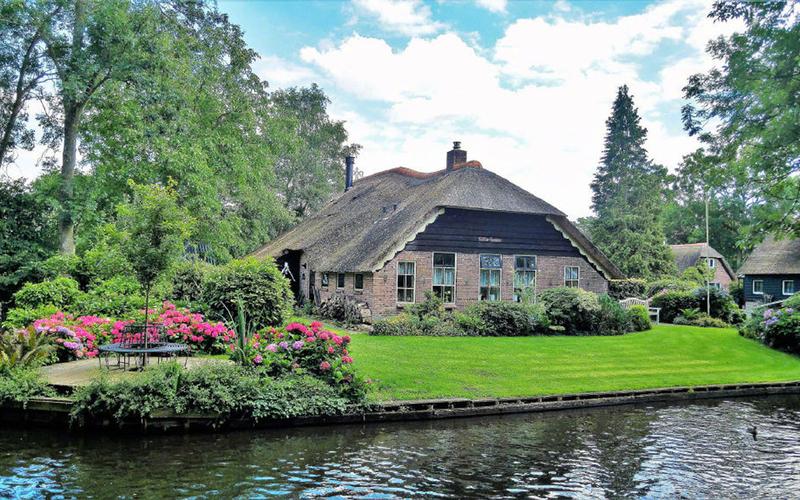Exploring Q5 Sites: A Key Tool in the Preservation of our Cultural Heritage
Culture is an essential aspect that defines a society’s identity and shapes its very existence. Throughout history, numerous civilizations, societies, and cultures have emerged and flourished, leaving behind crucial relics, artifacts, and monuments that tell the story of their existence. As we journey through time, it is our responsibility to maintain and preserve these invaluable cultural assets to ensure future generations can learn from and appreciate our past – and this is where exploring Q5 sites comes in.
What are Q5 sites, and why are they so vital in cultural heritage preservation? Q5 sites are locations that contain a vast amount of historical, cultural, and archaeological significance. These sites can cover a wide range of areas such as ancient cities, temples, tombs, and other historical structures. Q5 sites have the potential to provide a wealth of knowledge and insights for researchers, historians, and archaeologists alike. These sites hold significant cultural importance for many reasons, including that they can be directly tied to the development of our civilization, architecture, language, and the arts. Here are some examples of how exploring Q5 sites has been crucial to the preservation of global cultural heritage.
1. Giza Pyramids, Egypt:
The great pyramids located in Giza, Egypt, are one of the most iconic symbols of human history. These structures stand over 4,000 years old, and yet we still have much to learn about ancient Egyptian culture. These pyramids tell the story of how the pharaohs lived, how they constructed their monuments, and what their beliefs were. By exploring the sites of the pyramids, archaeologists have been able to uncover more information about the history of ancient Egypt, such as their religious practices, social structures, and construction techniques.
2. Machu Picchu, Peru:
Another Q5 site that holds significant cultural value is Machu Picchu, located in Peru. This city located high in the Andes Mountains, is believed to have been built in the 15th century for the Inca emperor Pachacuti as a religious center. The city was abandoned in the 16th century and was only rediscovered in 1911. Machu Picchu provides us with insight into the Inca civilization, including their architecture, art, and religious practices. By exploring the city’s buildings and artifacts, we can see how the Inca people lived, worked, and worshipped.
3. Angkor Wat, Cambodia:
Angkor Wat, located in Cambodia, is one of the most significant Q5 sites in Southeast Asia. This temple complex was built in the 12th century, making it one of the oldest and largest religious structures in the world. The temple complex’s intricate and ornate design reflects the cultural and artistic influence of the Khmer Empire. Exploring the site has allowed us to study the architectural and artistic prowess of this ancient civilization.
Exploring Q5 sites is a vital tool for preserving global cultural heritage. By documenting, researching, and preserving these sites, we can better understand our past and the societies that have come before us. They also help us to appreciate the art, architecture, religion, and culture of our ancestors. These sites are a testament to our existence, and it is our responsibility to protect and preserve them for future generations.
(Note: Do you have knowledge or insights to share? Unlock new opportunities and expand your reach by joining our authors team. Click Registration to join us and share your expertise with our readers.)
Speech tips:
Please note that any statements involving politics will not be approved.
